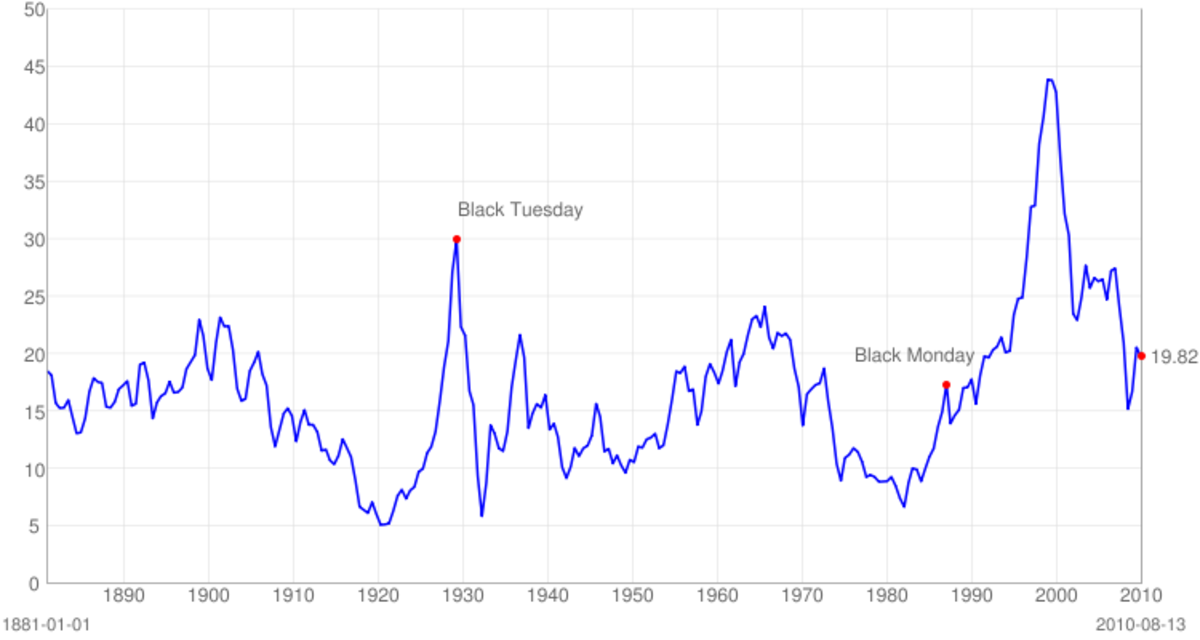Current Ratio and Quick Ratio: A Primer

Financial ratios provide individuals with a way to analyze a company’s financial information. Financial ratios also strip away some of the accounting policies inherent in a company’s financial accounting system. Therefore, individuals can engage in comparative financial analysis when using financial ratios. Two of the most common financial analysis ratios include the current and quick ratio.
The current ratio requires two accounting figures: current assets and current liabilities. Both figures come from a company’s balance sheet. By dividing current assets by current liabilities, an individual can determine a company’s ability to repay short-term financial obligation with short-term assets. In accounting terms, both current assets and current liabilities will last no longer than 12 months, in most cases. Hence, the label short-term is used in the descriptive result of the current ratio.
Now, financial ratios are meaningless by themselves. Individuals and companies must have a standard by which to compare ratios in order to determine what is good or what is bad. In standard accounting terms, a current ratio under 1.0 would indicate a company would most likely have difficulty paying off short-term financial obligations. Though the company is not headed for eminent financial difficulty, a current ratio below this standard may indicate poor cash flow. In short, a company may not have access to enough cash through normal operations to pay off its current liabilities. That is why some call this the cash ratio rather than the current ratio.
A slight variation to the current ratio is the quick ratio. The big difference between the two ratios is that the quick ratio excludes inventory from current assets. The purpose for this omission is two-fold. First, companies may not be able to unload specialized inventory items during a time of immediate cash need. Second, there is no assurance that companies will actually sell the inventory items for the amount listed on the balance sheet. Therefore, the quick ratio is more conservative in its liquidity estimate for paying off short-term cash obligations.
Quick ratio results are similar to the current ratio results. A figure below 1.0 will indicate the potential inability to pay off short-term financial obligations with current assets, excluding inventory. In some cases, the quick ratio may be wildly different than the current ratio if a company has high inventory amounts on the balance sheet. Accountants tend to compute both liquidity ratios for analytical purposes.
Companies with liquidity ratios well above the 1.0 mark are not always attractive. These ratios can indicate a company that has too many short-term cash, cash equivalent, or inventory assets. This can indicate a company that is not investing in long-term projects to enhance business operations. A proper balance of these ratios is often necessary to remain competitive in a given market.
Resources:
"Accounting”; Charles T. Horngren, Walter T. Harrison, Jr.; 2007








